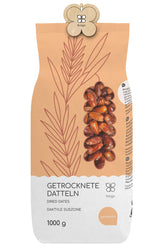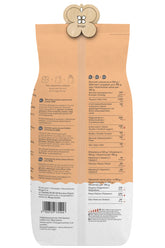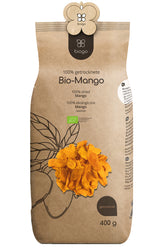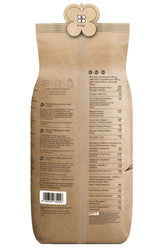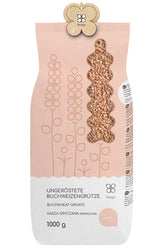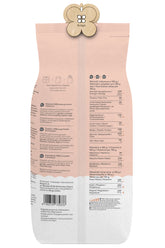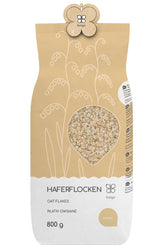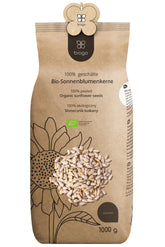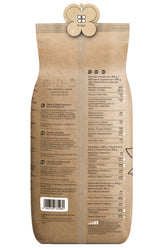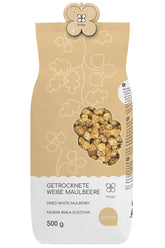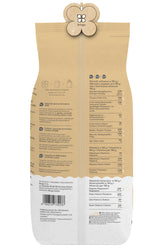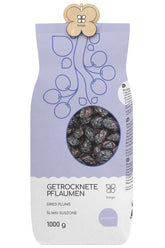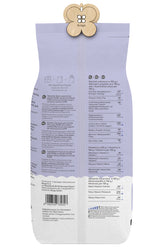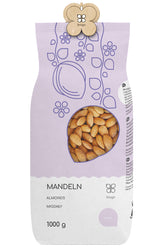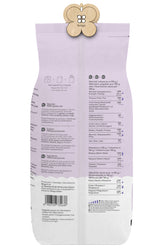In a time when sustainability and environmental protection are becoming increasingly important, it's time to make a contribution to reducing waste and food waste in the kitchen as well. Zero waste, the principle of producing as little trash as possible, can be excellently integrated into everyday life – and the best part: it's not as difficult as you might think!
In this blog post, we want to show you how to gradually achieve a zero waste household in the kitchen. From planning through shopping to storage and using leftovers – we have compiled many practical tips and ideas for you. Get inspired and discover how you can easily avoid food waste!
Buy seasonal and regional ingredients
The first step towards an eco-friendly kitchen routine is shopping. Instead of buying ready-made convenience products, you should prefer seasonal and regional ingredients whenever possible. This has several advantages:
- Seasonal foods are generally cheaper because they don't need to be specially imported.
- Regional products have a significantly lower carbon footprint because they have shorter transport routes.
- Fresh, unprocessed ingredients generally contain more vitamins and nutrients than highly processed ready-made products.
When shopping, you should also pay attention to packaging. Avoid plastic packaging as much as possible and instead opt for reusable jars, cloth bags, or paper. This way you reduce waste from the start.
Tips for plastic-free shopping
- Bring reusable cotton bags, nets, or jars to buy loose goods like fruits, vegetables, nuts, or grains.
- Buy dairy products, meat, and sausages at the fresh counter to avoid packaging waste.
- Ask at the organic store or farmers' market if you can bring your own containers.
- When shopping, generally look for products without plastic packaging or with more environmentally friendly alternatives like paper or glass.
Smart planning and shopping
To avoid food waste, good planning is crucial. Before you go, you should take a look in your refrigerator and pantry and see what you already have at home. Then create a shopping list with the missing ingredients that you really need.
Also remember to realistically estimate your portion sizes. It's better to buy a little less and restock if in doubt, rather than having to throw away leftovers in the end. Especially with perishable foods like fruits and vegetables, it's important to only buy the quantities you can actually consume.
Tips for sustainable shopping
- Create a detailed shopping list before each purchase to buy only what is necessary.
- Pay attention to special offers and promotions when shopping, but only if you actually need the products.
- Prefer buying small instead of large package sizes, especially for perishable foods.
- Use reusable systems like deposit bottles or jars wherever possible.
Proper storage and preservation
In addition to shopping, proper storage and preservation play an important role in avoiding food waste. Many products can be kept fresh significantly longer if you pay attention to a few things.
Fruits and vegetables, for example, are best stored in nets, baskets, or ventilated containers. This allows them to breathe and stay crisp longer. Dry foods like flour, rice, or pasta, on the other hand, belong best in airtight jars or containers.
Storage temperature is also crucial. Many foods last significantly longer in the refrigerator than at room temperature. So make sure your refrigerator temperature is between 4 and 7 degrees Celsius.
Tips for proper storage
- Store fruits and vegetables best in nets, baskets, or ventilated containers.
- Dry foods like flour, rice, or pasta belong in airtight jars or containers.
- Store perishable products like milk, meat, or fish in the refrigerator at 4-7 degrees Celsius.
- Label jars and containers with contents and dates to keep track.
- Use reusable systems like deposit bottles or jars wherever possible.
Cooking creatively with leftovers
No matter how well you plan, sometimes there are simply leftovers. Instead of throwing them away, most foods can be wonderfully repurposed. With a little creativity, you can turn leftovers into delicious and varied dishes.
Leftover vegetables, for example, are excellent for soups, stews, or casseroles. Bread that is a bit older can be easily processed into breadcrumbs or croutons. And from fruit scraps, you can make delicious smoothies, compotes, or even jams.
So always remember: before you throw something away, consider whether you can use it in another way. With a little imagination, you can find creative uses for most food scraps.
Ideas for using leftovers
- Use leftover vegetables for soups, stews, or casseroles.
- From old bread, you can make breadcrumbs or croutons.
- From fruit scraps, you can make delicious smoothies, compotes, or jams.
- Cook leftovers into new dishes like omelettes, pancakes, or casseroles.
- Freeze leftovers in portions to use them later.
Conclusion: Zero waste in the kitchen is not that difficult
As you can see, food waste can be easily avoided by following a few basic rules. From planning and shopping to proper storage and creative use of leftovers – with the right tips and tricks, you can gradually achieve a zero waste household in the kitchen.
It's best to start implementing these ideas right away. Step by step, you will not only save food but also money and resources. And the best part: with a little practice, sustainable cooking will naturally become a fixed part of your everyday life.
Have fun trying it out and enjoy your meal!

